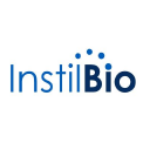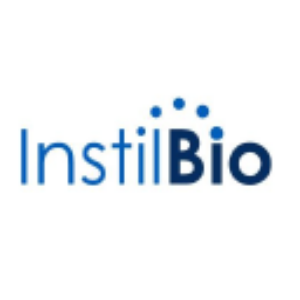Welcome to our dedicated page for Instil Bio SEC filings (Ticker: TIL), a comprehensive resource for investors and traders seeking official regulatory documents including 10-K annual reports, 10-Q quarterly earnings, 8-K material events, and insider trading forms.
Biotech filings can overwhelm even seasoned analysts. Instil Bio’s SEC documents mix dense immuno-oncology science with detailed cash-runway math, facility build-outs, and CoStAR trial milestones—information scattered across 10-K risk factors, 10-Q footnotes, and sudden 8-K updates. Finding the right paragraph before the next financing decision shouldn’t take all night.
Stock Titan’s AI steps in as your research partner. Our algorithms parse every Instil Bio annual report 10-K simplified for you, flagging R&D spending trends and FDA feedback. Receive alerts the moment an Instil Bio 8-K material events explained lands on EDGAR, and scroll through Instil Bio insider trading Form 4 transactions in real-time—no more manual form hunting. Prefer narrative guidance? Select “understanding Instil Bio SEC documents with AI� to see plain-English summaries that answer common queries like “What changed in the latest Instil Bio quarterly earnings report 10-Q filing?� or “Which executives exercised options this week?�
All filing types are covered and continuously updated:
- Instil Bio executive stock transactions Form 4 with instant filters
- Instil Bio proxy statement executive compensation highlights
- Instil Bio earnings report filing analysis that links revenue to trial progress
Use these insights to monitor burn rate before a capital raise, compare trial timelines across years, or track partnership disclosures. With AI-powered summaries, expert commentary, and searchable full text, Instil Bio SEC filings explained simply become actionable intelligence you can trust.
Instil Bio (TIL) filed an 8-K (Item 8.01) reporting partner ImmuneOnco’s interim data from a Phase 2 open-label study of bispecific antibody IMM2510/AXN-2510 plus chemotherapy in first-line advanced non-small-cell lung cancer (NSCLC) patients in China.
By 1 Jul 2025, 33 patients had received 10 mg/kg; 21 were efficacy-evaluable. The overall partial response rate (PRR) was 62 %, with a pronounced signal in squamous NSCLC (80 %, 8/10) versus non-squamous (46 %, 5/11). Most patients had undergone only a single tumor assessment at the data cut-off, limiting durability insight.
Safety appeared acceptable: no dose-limiting toxicities, no treatment-related deaths or dose reductions, and just one discontinuation. Grade �3 treatment-related adverse events were mainly hematologic and infrequent; VEGF-linked and immune events were uncommon and generally low-grade.
The dataset will be presented at a future medical meeting. Though preliminary and based on a small cohort, the efficacy signal and tolerability profile are encouraging for �2510’s continued development and could strengthen Instil’s oncology pipeline prospects.


